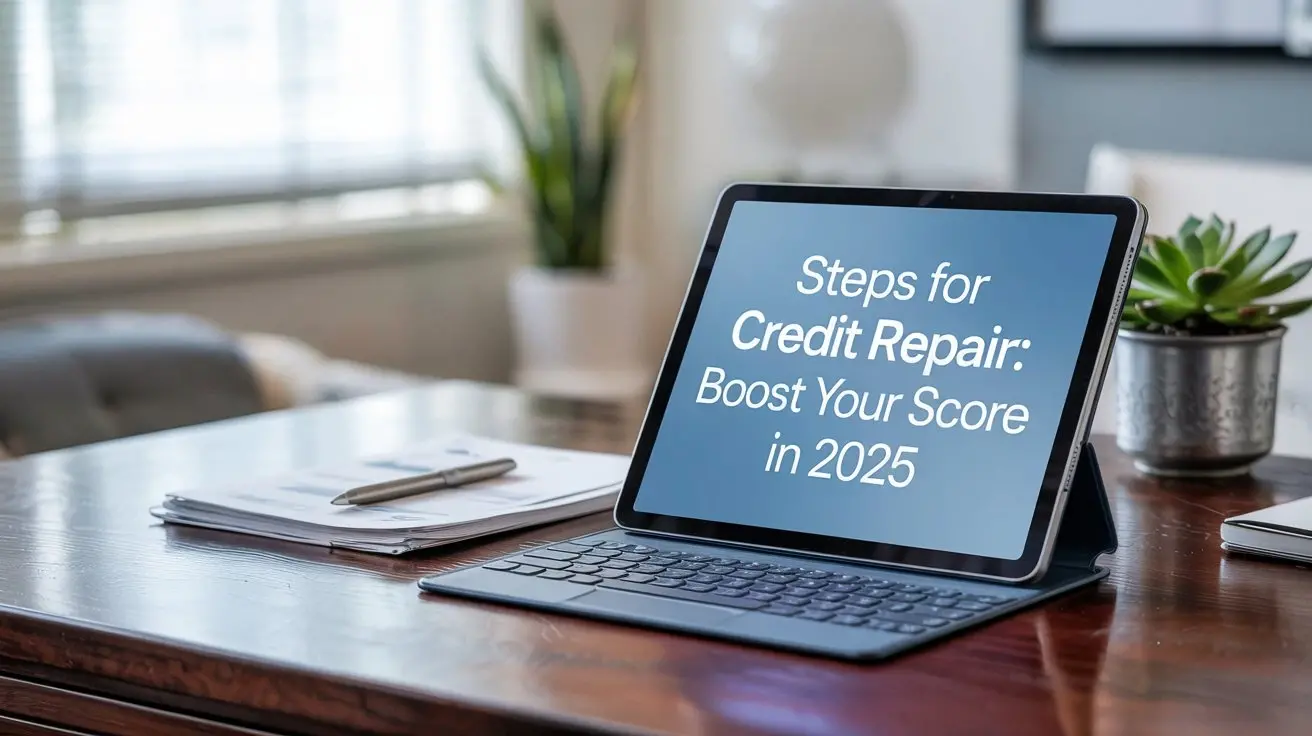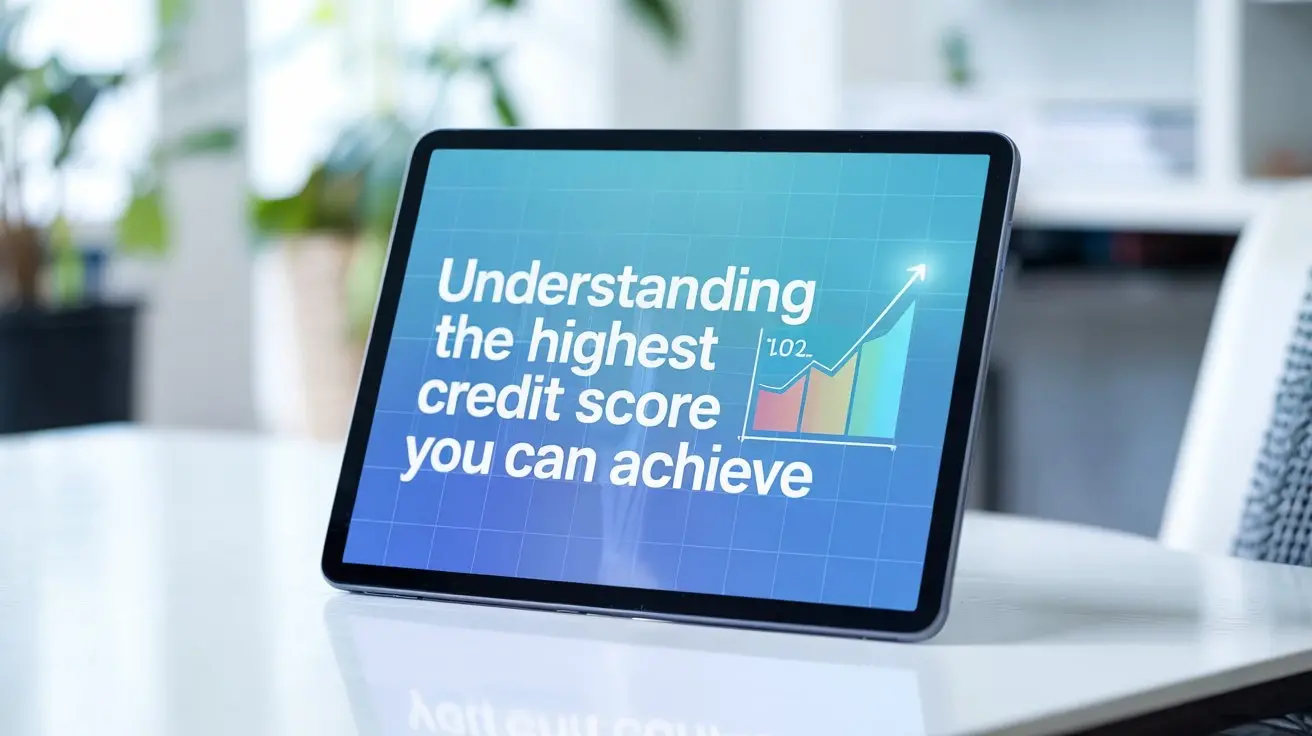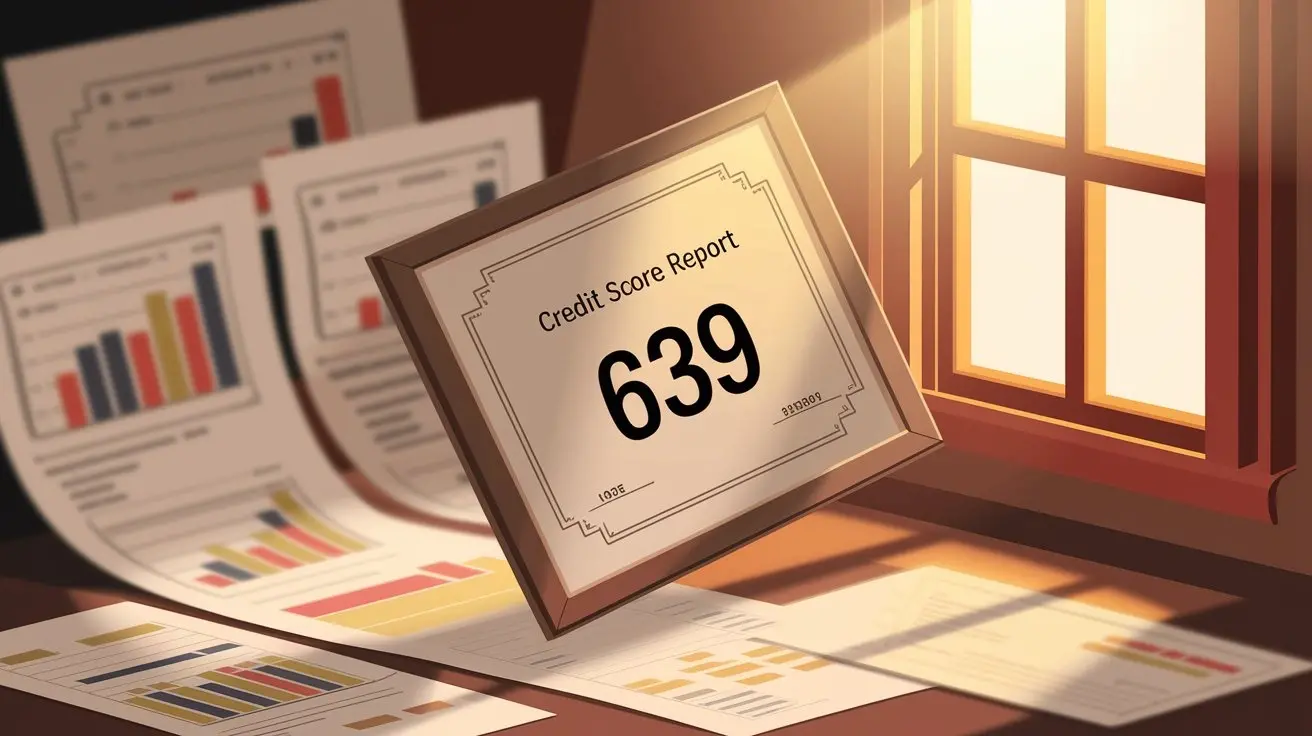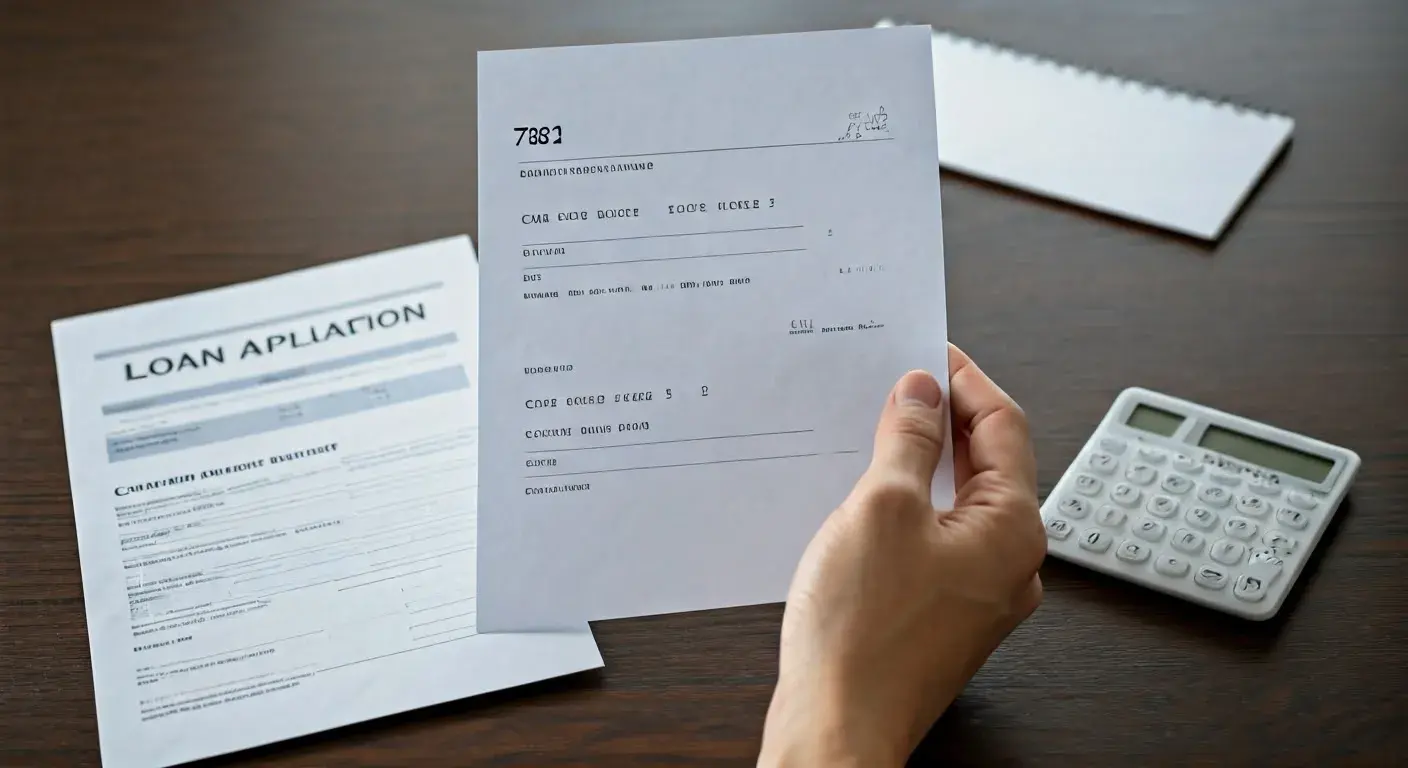-
Posted on: 08 May 2024
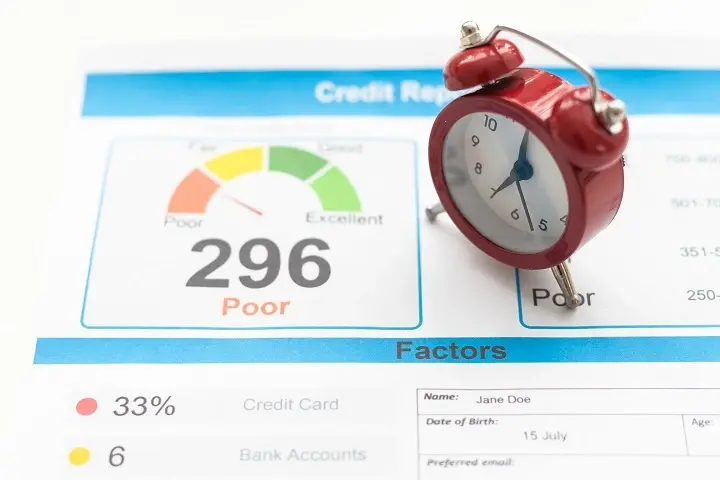
-
Your credit score is a crucial three-digit number that significantly impacts your financial life. It determines your eligibility for loans, credit cards, mortgages, and even rental applications. A good credit score can unlock better interest rates and terms, saving you thousands of dollars over time. But how do you actually find your credit score? Credit Repair Ease is here to guide you through the process.
Understanding Your Credit Score
Before diving into where to find your credit score, it’s important to understand what it represents and why it’s so vital.
What is a Credit Score?
A credit score is a numerical representation of your creditworthiness. It’s based on your credit history, including your payment history, amounts owed, length of credit history, credit mix, and new credit. Lenders use this score to assess the risk of lending you money.
Why is Your Credit Score Important?
A good credit score can:
- Lower Interest Rates: Qualify for lower interest rates on loans and credit cards.
- Increased Approval Odds: Increase your chances of being approved for credit.
- Higher Credit Limits: Access higher credit limits on credit cards.
- Better Insurance Rates: Some insurance companies use credit scores to determine premiums.
- Easier Rental Applications: Increase your chances of being approved for an apartment or house rental.
- Employment Opportunities: Some employers check credit scores as part of their hiring process.
What is a Good Credit Score?
Credit scores typically range from 300 to 850. Here’s a general breakdown:
- 300-579: Very Poor
- 580-669: Fair
- 670-739: Good
- 740-799: Very Good
- 800-850: Excellent
Where to Find Your Credit Score
There are several ways to access your credit score, some of which are free and some require a fee. Here are the most common methods:
1. Credit Card Statements
Many credit card companies now offer free credit score access as a perk to their cardholders. This is often displayed directly on your monthly statement or through your online account. Common scoring models used by credit card issuers include FICO and VantageScore.
Pros: Convenient, often free, updated regularly.
Cons: Only available if your credit card company offers it, may not be the exact score used by all lenders.
2. Credit Bureau Websites
The three major credit bureaus – Experian, Equifax, and TransUnion – offer credit scores and credit reports, often for a fee. While you can get a free credit report annually from each bureau through AnnualCreditReport.com, the free credit *score* is typically not included. However, they often have promotional offers or subscription services that provide ongoing access to your score.
Pros: Direct access to your credit information, can monitor your credit health.
Cons: May require a subscription or fee.
3. Free Credit Score Websites and Apps
Several websites and apps provide free credit scores and credit reports. These services often generate revenue through advertising or by offering additional paid services like credit monitoring. Some popular options include:
- Credit Karma: Provides free credit scores and reports from TransUnion and Equifax, updated weekly.
- Credit Sesame: Offers free credit scores and reports, along with credit monitoring and personalized advice.
- WalletHub: Provides free credit scores and reports, updated daily.
Pros: Free, easy to use, often includes credit monitoring tools.
Cons: May use a different scoring model (e.g., VantageScore), may be less accurate than FICO, often supported by advertising.
4. Non-Profit Credit Counseling Agencies
Non-profit credit counseling agencies offer free or low-cost credit counseling services, including access to your credit report and score. They can also provide guidance on improving your credit and managing debt.
Pros: Affordable, provides expert advice, focused on financial well-being.
Cons: May require a consultation, can be time-consuming.
5. Loan Applications
When you apply for a loan or credit card, the lender will typically check your credit score as part of the application process. You have the right to receive a copy of the credit report and score used in their decision, although this is usually after the application is processed.
Pros: Get insight into the specific score used by a lender.
Cons: Only available when applying for credit, may not be provided until after approval or denial.
Understanding the Different Credit Scoring Models
It's important to note that there are different credit scoring models, the most common being FICO and VantageScore. These models use slightly different algorithms and data points to calculate your score, so you may see variations depending on which model is used.
FICO Score
The FICO (Fair Isaac Corporation) score is the most widely used credit scoring model by lenders. It considers factors such as:
- Payment History (35%): Paying your bills on time is the most important factor.
- Amounts Owed (30%): The amount of debt you owe compared to your available credit.
- Length of Credit History (15%): How long you've had credit accounts.
- Credit Mix (10%): The variety of credit accounts you have (e.g., credit cards, loans).
- New Credit (10%): How recently you've opened new credit accounts.
VantageScore
VantageScore is another popular credit scoring model developed by the three major credit bureaus. It also considers similar factors as FICO, but the weighting of each factor may differ slightly.
While both FICO and VantageScore are widely used, it's important to remember that lenders may use different versions or variations of these models. Therefore, don't be surprised if you see slightly different scores from different sources.
What to Do After You Find Your Credit Score
Once you've found your credit score, it's important to take action based on the results. Whether your score is excellent or needs improvement, here are some steps you can take:
If Your Credit Score is Good (670 or Higher):
- Maintain Good Habits: Continue paying your bills on time, keep your credit utilization low, and avoid opening too many new accounts at once.
- Monitor Your Credit Report: Regularly check your credit report for errors or fraudulent activity.
- Negotiate Better Terms: Use your good credit score to negotiate lower interest rates or higher credit limits.
If Your Credit Score Needs Improvement (Below 670):
- Pay Bills on Time: This is the most important step. Set reminders or automate payments to avoid late fees.
- Reduce Credit Card Debt: Focus on paying down your credit card balances, especially those with high interest rates.
- Keep Credit Utilization Low: Aim to keep your credit utilization below 30% on each credit card.
- Avoid Opening New Accounts: Limit the number of new credit accounts you open, as this can lower your average credit age.
- Dispute Errors on Your Credit Report: Check your credit report for errors and dispute any inaccuracies with the credit bureaus.
- Consider Credit Repair Services: If you're struggling to improve your credit on your own, consider working with a reputable credit repair company like Credit Repair Ease.
The Role of Credit Repair Ease
Credit Repair Ease specializes in helping individuals improve their credit scores by identifying and disputing inaccurate, unfair, or obsolete information on their credit reports. Our team of experienced credit specialists works closely with clients to develop personalized credit repair strategies and guide them through the process.
How Credit Repair Ease Can Help:
- Credit Report Analysis: Thoroughly review your credit reports from all three major credit bureaus.
- Dispute Inaccuracies: Identify and dispute inaccurate, unfair, or obsolete information with the credit bureaus.
- Creditor Intervention: Communicate with creditors on your behalf to negotiate settlements or payment plans.
- Personalized Strategy: Develop a customized credit repair strategy tailored to your specific needs and goals.
- Ongoing Support: Provide ongoing support and guidance throughout the credit repair process.
